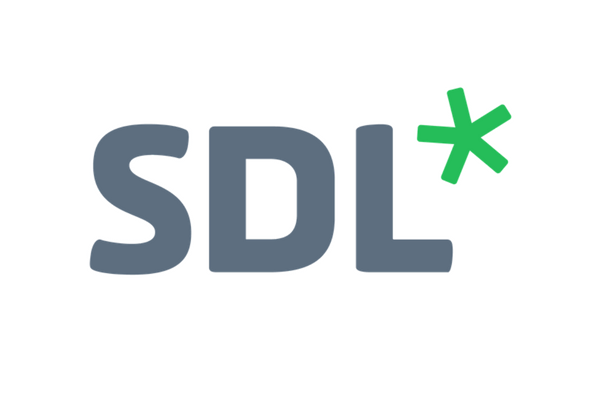
PIGRES LSP offers the following services:
Translations
– Translation of texts of all subjects;
– Translation of movie dialogues;
– Translations of very big projects;
– Projects of translations in different languages such as technical manuals;
– Revision of previously translated texts;
– Sworn Translations: these translations are carried out by a qualified translator, which certifies in a law court the correspondence of the translated document with the original.
– Legalized Translation: the legalization is a practice by which the validity of an affidavit is controlled and certified so that its legal value is recognized abroad.
Interpreting
– The interpretation of negotiation: it takes place in business meetings, signing of contracts, sports events, trade fairs, visits to factories and companies;
– The interpretation of conferences: it takes place during conferences, conventions or international summits and it can be either simultaneous or consecutive.
The simultaneous interpretation takes place at the same time of the original speech, while the consecutive one is carried out after the speaker has finished his/her speech, totally or partially.
CAT Tools
The CAT tools (Computer Assisted Translation) are computer programmes used by translators while they work.
The CAT tools simply help the translator to speed up the process of translation by suggesting him/her similar or identical sentences stored in a database. The database is gradually enriched with the specific vocabulary of the texts used by the customers. The assisted translation ensures the uniformity of terminology and, as a result, the quality of the translated texts. The usage of the phrases translated and saved in the database helps the customer to save money.
Our translators are able to use the most popular CAT tools on the market, for example DéjàVu, SDL Trados, STAR Transit and Wordfast.
The computer-assisted translation is sometimes confused with the Automated Translation or “Machine Translation”. “Machine Translation” means a fully automatic translation system, which needs a very limited human intervention and is commonly called “post-editing translation”.
Desktop Publishing (DTP)
Desktop Publishing is the creation, layout and production of printed material for publishing by using graphics software.
The programs for desktop publishing, which page text, photos and images, have been developed for this purpose. Many Asian languages, such as Persian, require special programs for viewing their fonts. Moreover, the manuals layout needs localization since they are read from right to left (RTL – Right to Left).
There are several steps to face: the layout of the pages, the design elements and tables must be completely mirror-like. It’s also necessary to reverse the layout since the documents in those languages are browsed from right to left. This requires a careful work by a graphic designer who understands both the language and the right kind of layout.
Our graphic designers are experienced in layout of manuals and brochures in all languages.
We offer layout services in all the most common desktop publishing programs, such as Adobe InDesign, Adobe Illustrator, Adobe Photoshop, QuarkXpress.
In particular, we propose DTP services for:
– Multilingual layout and localization of previously translated technical manuals and brochures;
– Realization of brochures and technical manuals.
Internet and Multimedia
– Design and implementation of multilingual websites;
– Translation and software localization;
– Websites translation and localization;
– Consulting services for film dubbing;
– Creation of multimedia CDs;
– Synchronization and subtitles.
Transcriptions and Typewriting
– Transcription of interviews, conversations, legal depositions or transcriptions from recorded tapes or digital recordings.
– Typing of the text in all languages, such as the identity card and scanned documents.
Localizations
In a project of “localization” or “globalization”, a product such as a software or a brochure is adapted for a specific country, region or customer.
In other words, the translation is only a part of the process where the graphic elements are adapted too: the colours, the photographs, the display characteristics, the font type and size, all to ensure that the product seems designed and originally developed in the field for which it is intended.